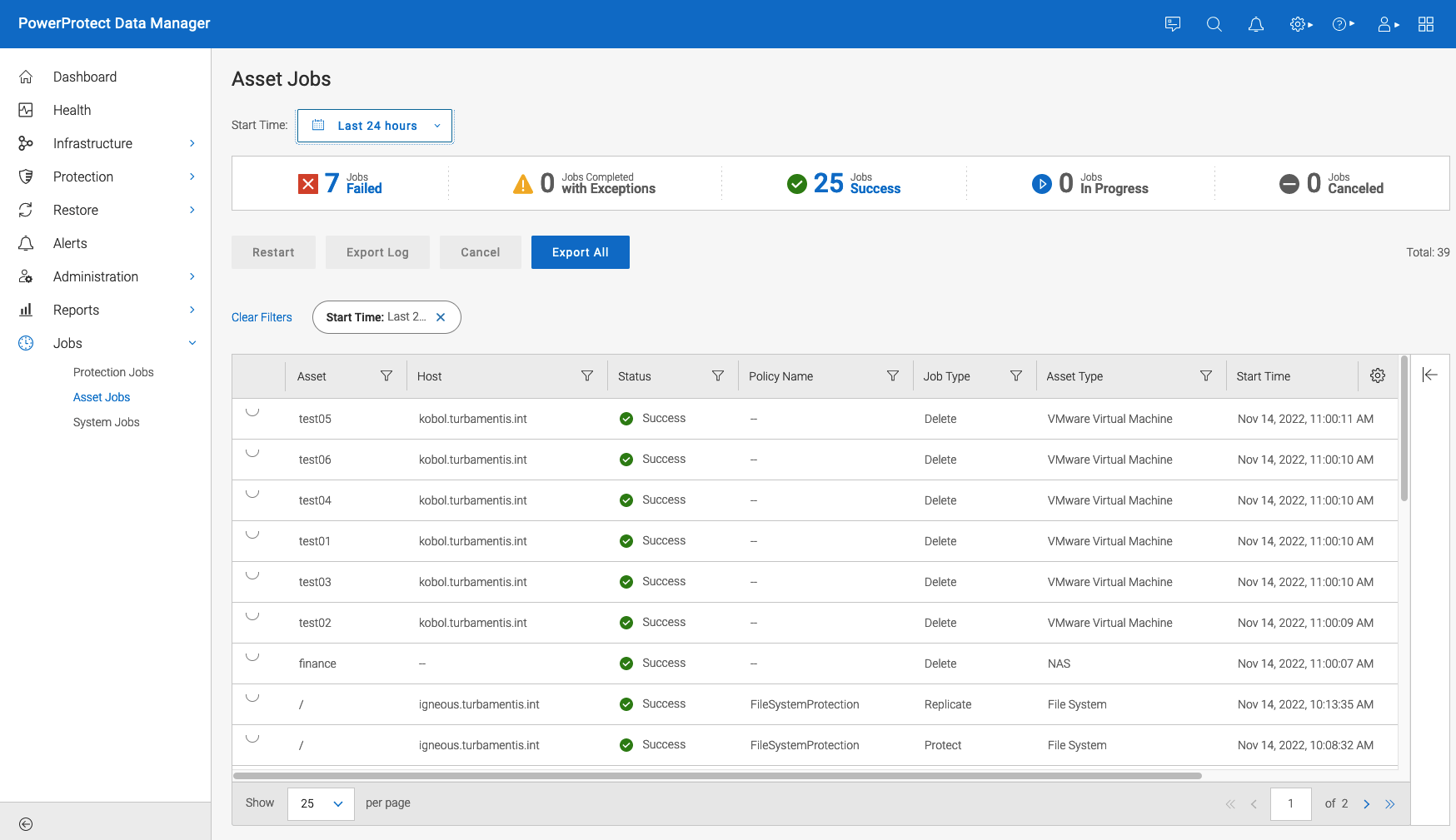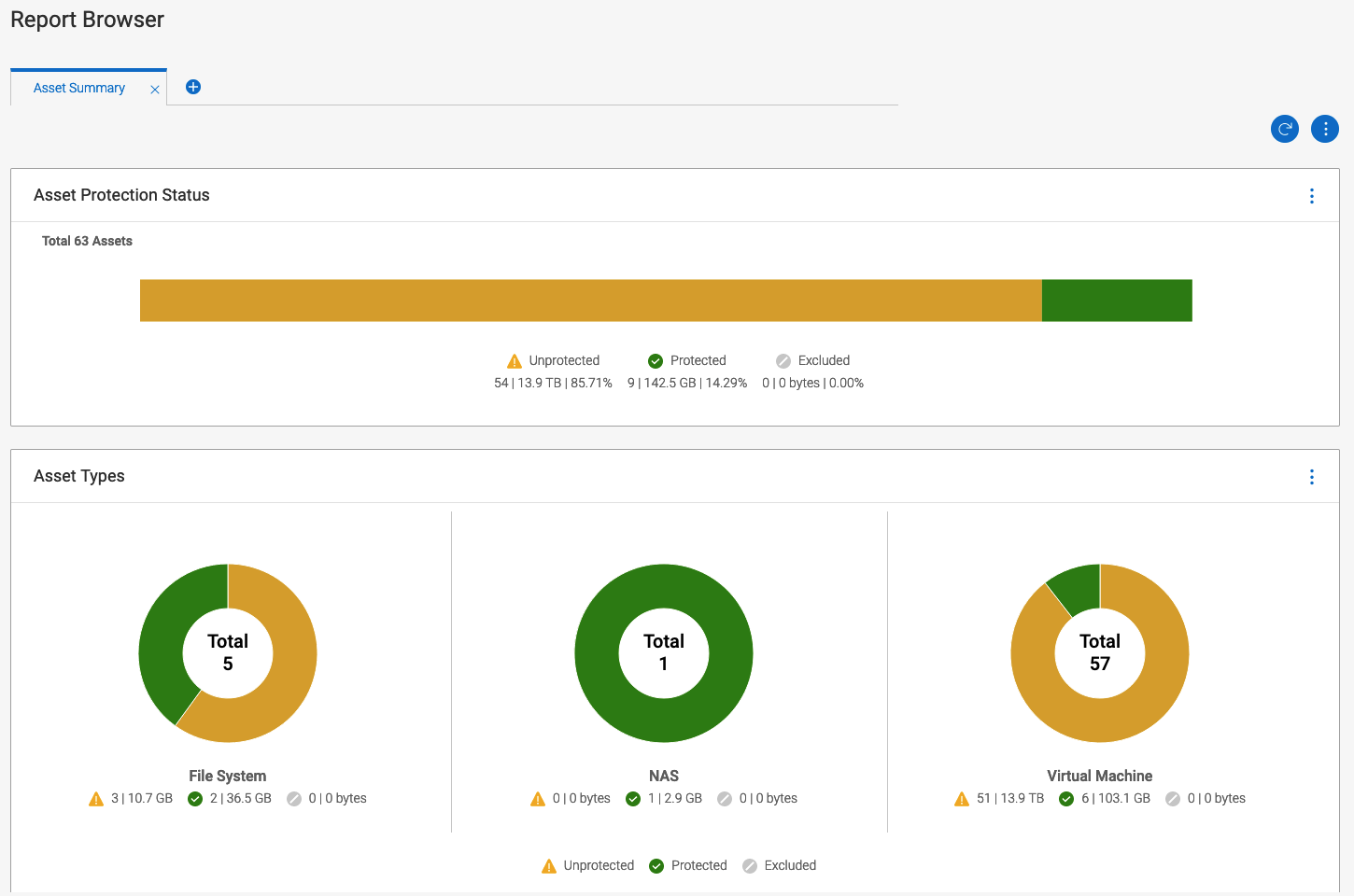PowerProtect Data Manager 19.12 is now out, and in this post I’ll take you through some of the new features in it.
Starting with databases:
- Oracle Data Guard support has been added; each node in a Data Guard environment will be recognised as its own asset, and you can configure centralised protection for the Data Guard environment.
- Oracle RAC configurations now support specifying a preferred node for centralized backups within the GUI.
- Also on Oracle, if you recover a database to an alternate database server, the source DBID is now preserved.
- SQL server gets some updates as well, starting with UAC integration for domain and local accounts in VM direct backup and recovery operations, as long as you’re using VM Tools 11.x or higher. This also includes support for local user authentication in SSMS for self-service restores.
- Table level recovery in SQL Server has now been extended to support Windows 2022 environments.
On the PowerProtect DD front, Data Manager has increased support for SmartScale, making it easier for you to migrate mobile storage units between system pools. Also, Data Manager now supports Retention Lock Compliance mode, in addition to the previous support for Retention Lock Governance mode.
You’ll find networking updates, too. IPv6 support has been expanded to now cover core components, application agents and virtual machine backups. It’s now also possible to change the default DNS search domain for Data Manager, and configure multiple search domains.
You can now create multiple full schedules for primary backups, replication and cloud tier objectives. This is a great way of expanding Data Manager’s whole-of-backup-lifecycle management.
There are enhancements in VMware, with efficiencies for the rollout and update of plugins, and also the transparent snapshot data mover (TSDM) has been updated to support 20 concurrent backup and recovery operations per ESXi host, which will help you scale in larger environments.
There’s now an Asset Jobs view as well, which lets you see protection jobs from a per-asset lens, as shown below:

On a similar front, you’ll now find an Asset Summary report, which lets you see per-workload and per-asset breakdowns of protected systems within your environment:

There are a host of other updates, too, including Cloud DR components being protected within the Server DR job, new command line utilities, additional Kubernetes protection options, and support within policy wizards for identifying and resolving schedule conflicts.
And here’s a demo of the update process – be sure to review on a high definition mode so you can see the screen content:
